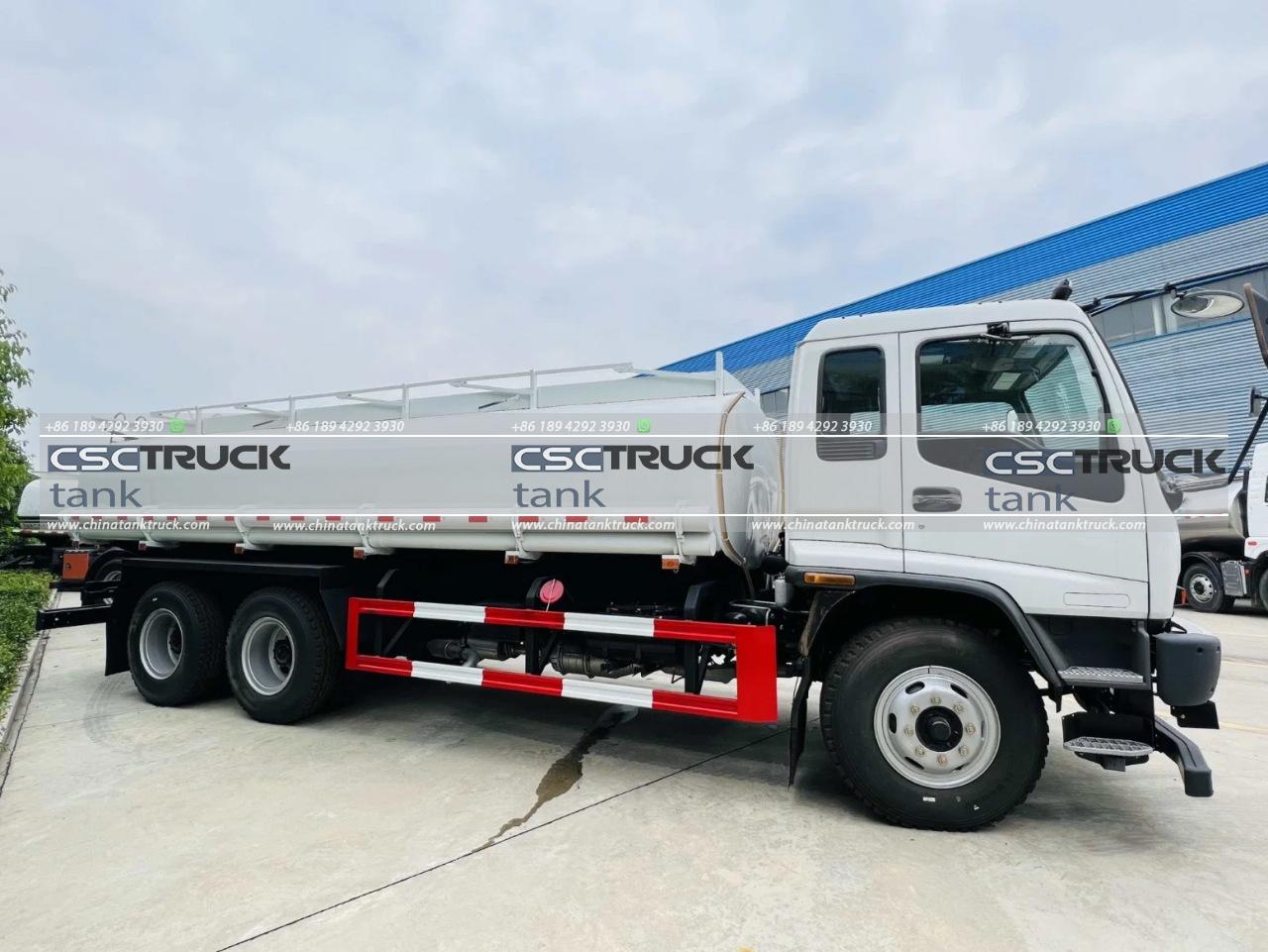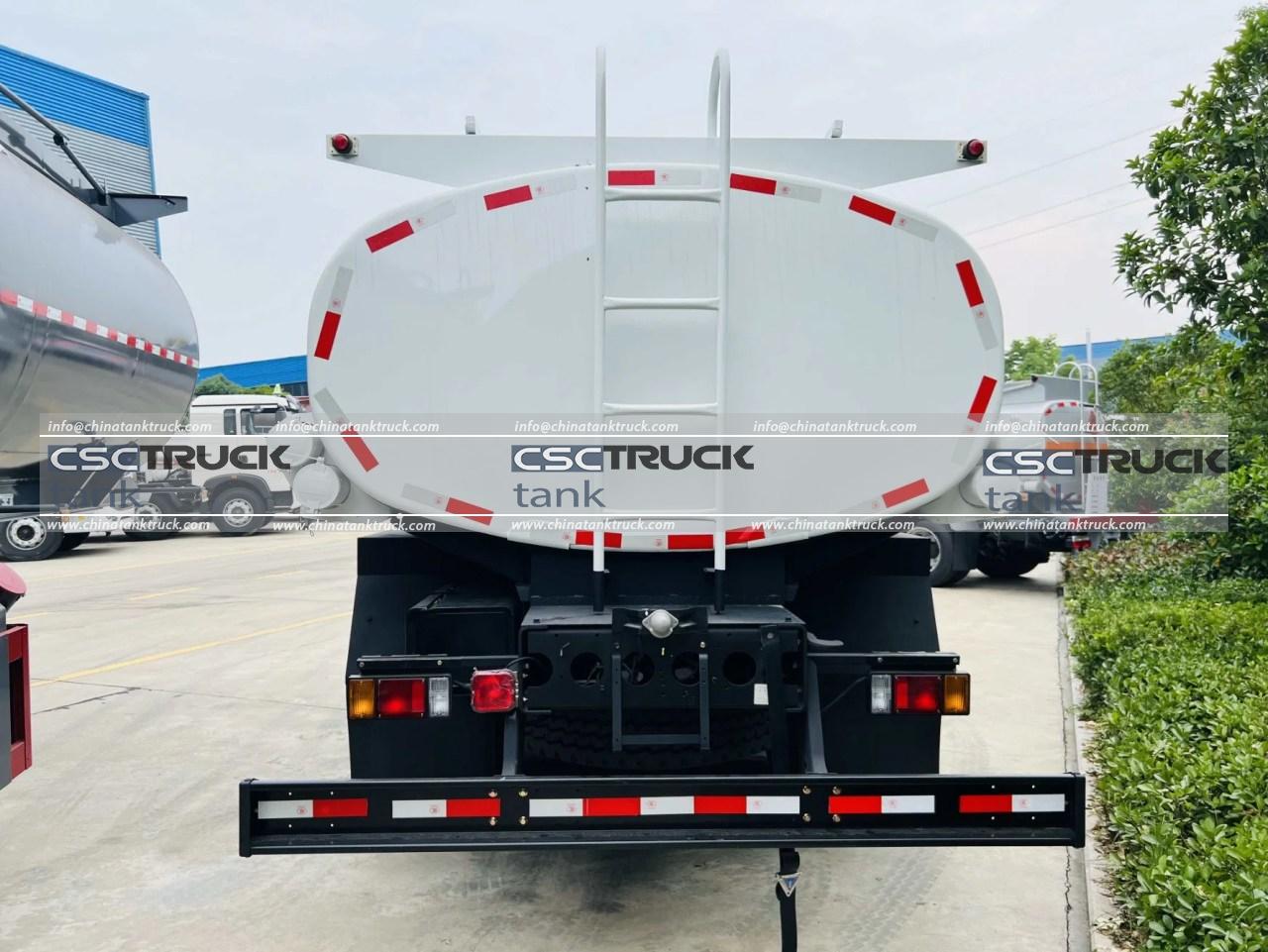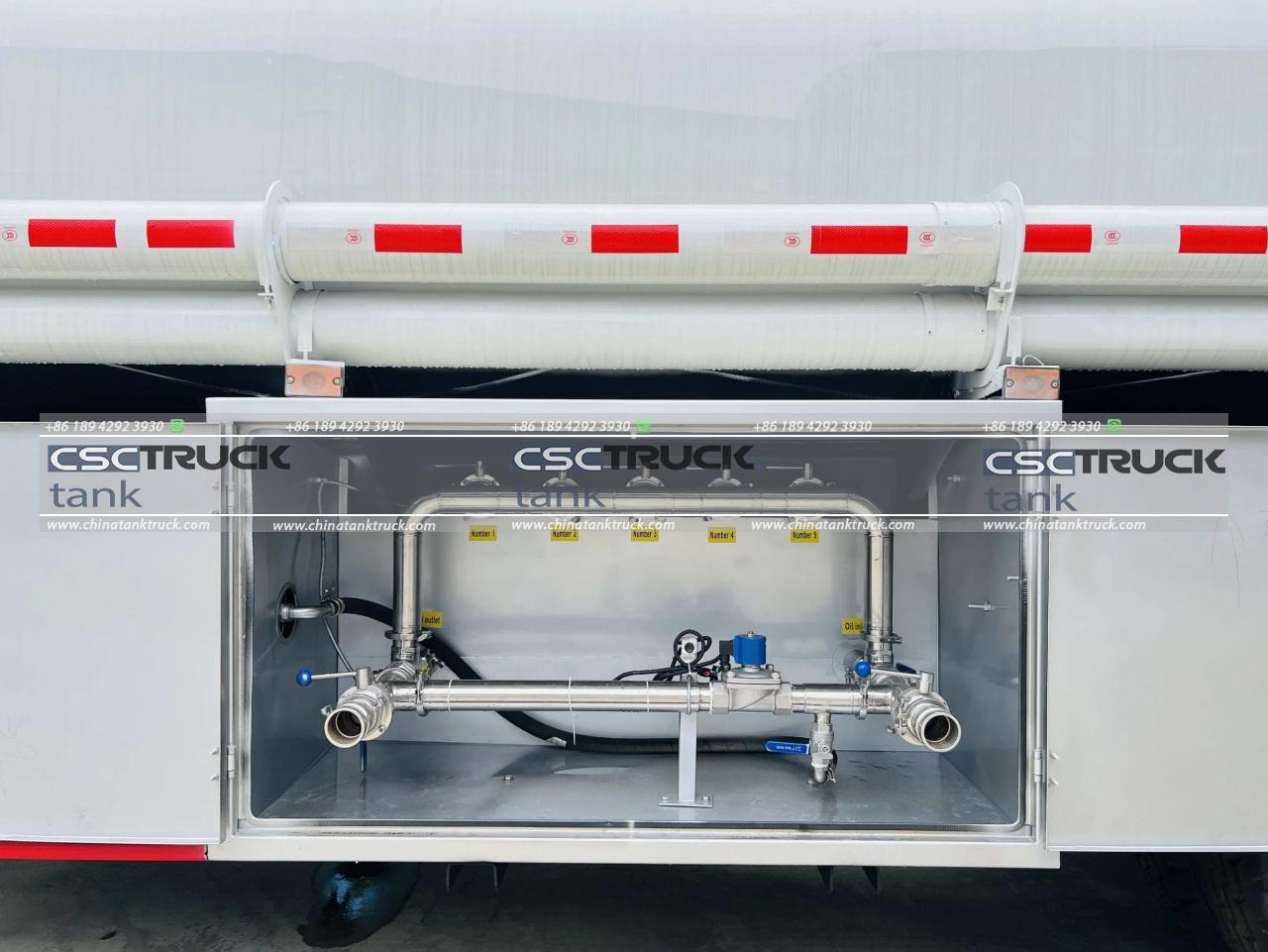What is the Milk Holding Tank Called?
When it comes to transporting milk safely and hygienically from farms to dairy processing facilities, specialized equipment plays a vital role. One of the most critical components in this system is the milk holding tank, commonly referred to as a “bulk milk tank” or “bulk milk cooler.” These tanks are essential in the dairy supply chain, ensuring that milk is safely stored and maintains its quality. This article will cover the structure, function, and importance of milk holding tanks, along with the ways they support dairy industry standards.
1. What is a Bulk Milk Tank?
A **bulk milk tank**, also known as a **milk cooling tank**, **milk storage tank**, or **milk vat**, is a large, insulated tank designed to store and cool raw milk. These tanks are typically found on dairy farms, where milk is held immediately after being collected from cows, and are also used at dairy processing facilities. The tanks ensure that milk remains fresh, safe for consumption, and free from contamination during storage and transportation.

2. Importance of the Bulk Milk Tank in Dairy Operations
The bulk milk tank is crucial for maintaining the quality of milk. Fresh milk is highly perishable, and without rapid cooling and secure storage, it can quickly spoil due to bacterial growth. Bulk milk tanks are designed to cool milk to an ideal temperature (typically around 4°C or 39°F) as soon as it is collected. This immediate cooling process slows bacterial growth, preserves the milk’s freshness, and extends its shelf life.
Moreover, these tanks allow dairy farmers to store large quantities of milk efficiently. This storage capacity provides flexibility in scheduling milk pickups by dairy trucks, reducing the frequency of trips needed to transport milk to processing facilities.
3. Construction and Materials of Bulk Milk Tanks
Bulk milk tanks are typically constructed using **stainless steel**, which is durable, corrosion-resistant, and easy to clean. Stainless steel is the preferred material because it doesn’t react with milk, preserving its natural flavor and quality. The tanks are often double-walled with an **insulated layer** between the walls to maintain consistent internal temperatures and prevent the milk from heating up due to external conditions.
The tank usually consists of:
– An outer shell for insulation
– An inner chamber where milk is stored
– Cooling coils or a direct expansion cooling system that chills the milk to the desired temperature
– An agitator to prevent the cream from separating and ensure even cooling
In many cases, bulk milk tanks are equipped with temperature sensors, digital thermometers, and automated cooling systems to ensure precise temperature control. Some tanks also feature data-logging systems that record temperatures over time to provide documentation for quality control.

4. Types of Bulk Milk Tanks
There are different types of bulk milk tanks, each suited for various scales of dairy farming and processing needs:
a) Horizontal Bulk Milk Tanks
Horizontal tanks are one of the most common types, especially on smaller farms. These tanks are generally cylindrical, lie horizontally on the ground, and have cooling plates underneath to chill the milk efficiently. Horizontal tanks are easier to clean and maintain due to their accessible design.
b) Vertical Bulk Milk Tanks
Vertical tanks are more space-efficient and are generally used in larger dairy operations. These tanks stand upright, offering more storage capacity in a smaller footprint. Vertical tanks may have multiple compartments and are typically equipped with advanced monitoring systems.
c) Portable Milk Tanks
These are smaller, mobile tanks used for milk transportation over short distances within a dairy facility. While not intended for long-term storage, portable milk tanks allow farms to handle milk more flexibly within the production process.
5. How Does a Bulk Milk Tank Work?
The process of collecting and storing milk involves several steps:
1. Milk Collection: Milk is collected from cows and transported through a network of pipes to the bulk milk tank. The system is designed to be airtight and sanitized, preventing contamination.
2. Rapid Cooling: Once milk enters the tank, the cooling mechanism quickly brings it to a temperature of 4°C (39°F). Many tanks use a “direct expansion” system, in which a refrigerant flows through coils within the tank to absorb heat from the milk.
3. Agitation: To keep the milk’s consistency uniform, an agitator slowly stirs the milk, ensuring that the cream does not separate from the liquid. Agitation also helps maintain even cooling throughout the tank.
4. Temperature Monitoring: Bulk milk tanks are fitted with temperature sensors that continuously monitor the temperature of the milk. This data is often recorded to provide quality assurance to processors, ensuring that the milk remains within safe temperature ranges.

6. Bulk Milk Tanks and Milk Transportation
Once milk has been stored and cooled in a bulk milk tank on a farm, it is typically picked up by a **milk tanker truck**. The tanker truck is a specialized vehicle equipped with an insulated stainless steel tank to maintain the milk’s temperature during transportation. The truck is connected to the bulk tank through a sanitized pipe, and the milk is pumped into the truck’s storage tank. From here, it is transported to a processing facility where it undergoes further testing, pasteurization, and packaging.
7. Cleaning and Maintenance of Bulk Milk Tanks
Regular cleaning and maintenance are crucial to ensure that milk holding tanks remain free from bacteria and other contaminants. This process is known as **CIP (Clean-in-Place)**, a method used in the dairy industry to clean the interior surfaces of tanks, pipelines, and other equipment without disassembly. The cleaning procedure typically involves:
1. Pre-rinse: Rinsing the tank with warm water to remove any remaining milk residue.
2. Cleaning Solution: Circulating a detergent solution to break down fats and proteins left by the milk.
3. Sanitizing: Using an approved sanitizing agent to kill any remaining bacteria or microorganisms.
4. Final Rinse: Rinsing with potable water to remove any traces of cleaning chemicals.

8. Regulations and Standards for Bulk Milk Tanks
To ensure consumer safety, milk storage tanks are subject to strict regulations and standards. The standards vary by country but generally include specifications for:
– Temperature control and monitoring
– Sanitation practices, including mandatory regular cleaning schedules
– Material specifications (usually stainless steel)
– Design requirements to prevent contamination and spoilage
In the United States, the **Pasteurized Milk Ordinance (PMO)** is one such standard, regulating the quality and safety of milk storage and transportation. Adhering to these standards is essential for dairy farms to maintain their licenses and produce milk that is safe for consumption.
9. Advancements in Bulk Milk Tank Technology
In recent years, advancements in technology have led to the development of **smart milk tanks**. These tanks are equipped with internet-enabled sensors and can communicate with other systems, such as a farmer’s smartphone or a processing facility’s database. Smart milk tanks provide real-time updates on milk temperature, quantity, and storage time, which improves quality control, reduces waste, and allows farms to respond quickly to any issues.

Conclusion
Bulk milk tanks, or milk holding tanks, are an indispensable part of the dairy industry. They ensure that milk is safely stored, maintain its freshness, and prevent spoilage from the time it is collected until it reaches the processing plant. Constructed from stainless steel and equipped with advanced cooling and monitoring systems, these tanks play a critical role in maintaining milk quality.
By understanding the function and importance of milk holding tanks, we gain insight into the extensive measures taken by dairy producers to deliver fresh, safe, and high-quality milk to consumers. Whether it’s a small family farm or a large commercial dairy operation, the milk holding tank remains a vital link in the chain that brings this staple food to tables worldwide.

